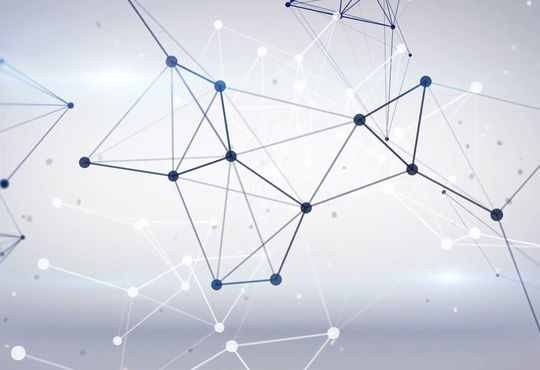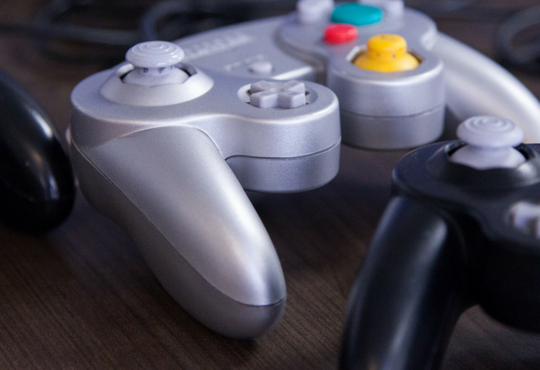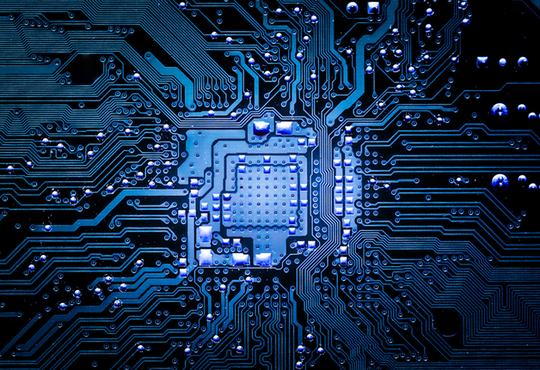What is a solid-state drive?
A solid-state drive (SSD) is a type of mass storage device used in place of a spinning hard disk drive (HDD). Solid-state drives have no moving parts and information is saved onto integrated circuits (ICs).
Although SSDs serve the same functions as hard drives, their internal parts are different. SSDs store data using flash memory, allowing them to access data much faster than hard drives.
 http://www.makeuseof.com/tag/5-things-need-consider-buying-hard-drive/
http://www.makeuseof.com/tag/5-things-need-consider-buying-hard-drive/
Benefits of using a solid-state drive (SSD)
SSDs have access speeds of 35-100 microseconds making it 25 to 100 times faster than a HDD. This makes an SSD more reliable because it uses less power, has faster access times, increases the battery life, and has quicker file transfers.
SSD vs hard drive torture test
Since there are no moving parts, it is more durable to drops and shudders making it more resilient against data loss caused by physical or external trauma.
The absence of a rotating metal platter to store data and a moving read arms means an SSD makes little noise. Compared to an HDD, the rotation of the metal platter and the movement of the read arm creates noise.
Lastly, a SSD is considerably more compact than a HDD because there are no moving parts. This also means that solid-state drives are more suitable for portable electronic devices such as tablets and cellular phones [2].
Disadvantages of using a solid-state drive (SSD)
The price of SSDs are substantially higher compared to the price of hard drives. Most SSD drives sold today have much smaller capacities than comparable hard drives. However, as the SSD technology improves and the prices continue to fall, it is likely that solid-state drives will begin to replace hard disks.
Current SSDs in the market have limited storage capacity. Computers or devices with an SSD storage system usually have a base storage capacity of 128GB. Higher storage capacities contribute to the overall price or a computer or device. Although there are solid-state drives with a capacity of TB, they are expensive and rare.
Another disadvantage of the solid-state drive is poor availability. HDDs are more abundant in the market. From internal storage or computers or external media storage. Hard drives are much easier to find. However, the consumer electronic market is now leaning toward more compact laptops and tablet computers. This means SSDs are becoming more available but not yet at the same level as HDDs.
Pages must be erased before it can be written into again. Files are erased in blocks not pages so there is no way to determine when something will be deleted off the drive. The drive will slow down due to write amplification and TRIM [3].
Conventional wiping tools cannot be used on SDD because it will reduce the SSD life by approximately one each pass. There is no way to verify if the disk has been wiped in the over-provisioned area.
Why are solid-state drives (SSDs) important?
Everything is faster
SSDs enable “instant on” allowing your system to boot almost immediately. Imagine sitting in class being able to access LEARN instantly, and being able to switch slides during a lecture without waiting.
Seamless multitasking
The improved data access of a SSD allows computers to run multiple programs with ease. Sometimes being a student means tackling a number of things at once.
Seamless multitasking gives you the opportunity to not only maximize your learning but gives you the ability to conquer more than one task on one screen.
Increased durability and reliability
Being a student can be difficult at times. Whether you find yourself having to run from Hagey Hall to St. Jerome’s, or trying to get to your 8:30am lecture on time, it is important that your laptop can handle these situations.
Since SSDs have no moving parts that are susceptible to damage, they are extremely durable and reliable.
Better system cooling
SSDs use flash memory which means they’re able to maintain more consistent operating temperatures which will not only keep overall system temperatures down, but it will also ensure your system stays alive for longer.
The longer your computer can stay alive, the less worries you will have stressing over buying a new computer, and stressing over losing your files.
Better gaming
Faster data access speeds enable faster load times. If you are a part of the Games Institute, there is an increased chance at first strikes and a seamless gaming experience.
Flexible storage
SSDs are available in multiple forms. Some forms like mSATA are able to plug into your system’s motherboard allowing the drive to work alongside your existing hard drive.
Flexible storage is significant especially for students. With the amount of assignments stored onto your computer will eventually slow down the efficiency of your computer. Flexible storage allows you to organize your computer and allows it to run more efficiently.
More time for what matters
The increased speed of a SSD means you will be able to get more done in less time. This means you have more time to better your academic and personal development.
How it’s made solid-state drives
The development and history of solid-state drives (SSD)
The development of solid-state drives began in the 1950s. During this period, there were two similar technologies known as card capacity read-only store and magnetic core memory.
By the 1970s and 1980s, SSDs experienced a major wave of implementation but due to their high prices, they were rarely used. In 1983, a 128 KB SSD cartridge, Sharp PC-5000, came up and had a bubble memory. After this solid-state drive series update, Tallgrass Technologies Corporation added to it by developing a 20MB solid-state unit that was used in a computer like any hard drive.
Following this, the Santa Clara Systems came up with the BatRam, a 4MB mass storage with the capability to expand up to 20MB with the aid of a 4MB module. It stored charge to ensure safety of data in the event that the array lacked power supply. In 1987, EMC Corporation developed SSDs that were compatible with mini computers.
In the 2000’s, the first SSDs came onto the market during the rise of netbooks. In 2007, the OLPC XO-1 used the 1GB SSD, with the Asus Eee PC 700 series using a 2GB one as primary storage. With the increase in a netbook’s capability, the capacity of SSDs rose. It had then became possible to replace a 2.5-inch hard drive with an SSD. The capacity of the 2.5-inch SSD is now at 1TB, and they will keep expanding with time [1].
How do solid-state drives (SSD) work?
Solid-state drives use semiconductor chips to store data. The chips used in solid-state drive deliver non-volatile memory, meaning the data stay even without power.
SSDs cannot overwrite existing information; they have to erase it first. However, when you delete a file in Windows or Mac OS, it is not erased immediately – the space is marked as available for re-use. In order to actually re-use this space, the SSD has to be given a “TRIM” command. Once there are enough pages to be erased, then the SSD will do a “garbage collection” operation and delete the data as a block.
SSDs have more space available than what is advertised because of over-provisioning. Over-provisioning is storage that is not available to the operating system but is instead used for internal tasks. The over-provisioned space takes up a small percentage of the overall solid-state drive.
Block remapping occurs at the 70% mark when there is no data to be deleted the solid state drive will move all files around in a cycle causing the drive to slow down.
The last process is wear levelling, the process designed to extend the life of a solid-state drive. It arranges data so that the erase cycles are distributed evenly throughout the blocks of the device.
Conclusion
Finally, SSDs are an incredible device that uses nonvolatile flash memory making devices perform at a much greater speed.
There are many benefits from using a SSD such as making systems faster, making your computer more reliable, and has better system cooling. All of these benefits are significant because it will save you time and money in the future.
Overall, everyone can benefit from having a SSD. Whether, you are a student, faculty member, or staff, SSDs are a device that can be useful to you.
References
[1] Tipakov, D. (n.d.). The Brief History of Solid State Drives (SSD). Retrieved from http://www.ryli.net/the-brief-history-of-solid-state-drive-ssd/
[2] Hope, C. (2017, April 26). Advantages of SSD over HDD. Retrieved from http://www.computerhope.com/issues/ch001396.htm
[3] Bonheur, K. (2016, February 7). SSD: Advantages and disadvantages of solid-state drive. Retrieved from http://www.versiondaily.com/ssd-advantages-disadvantages-solid-state-drive/
[4] The Top 10 Reasons to Get an SSD Drive. (n.d.). Retrieved from http://www.crucial.com/usa/en/store-ssd-10-reasons-to-buy













